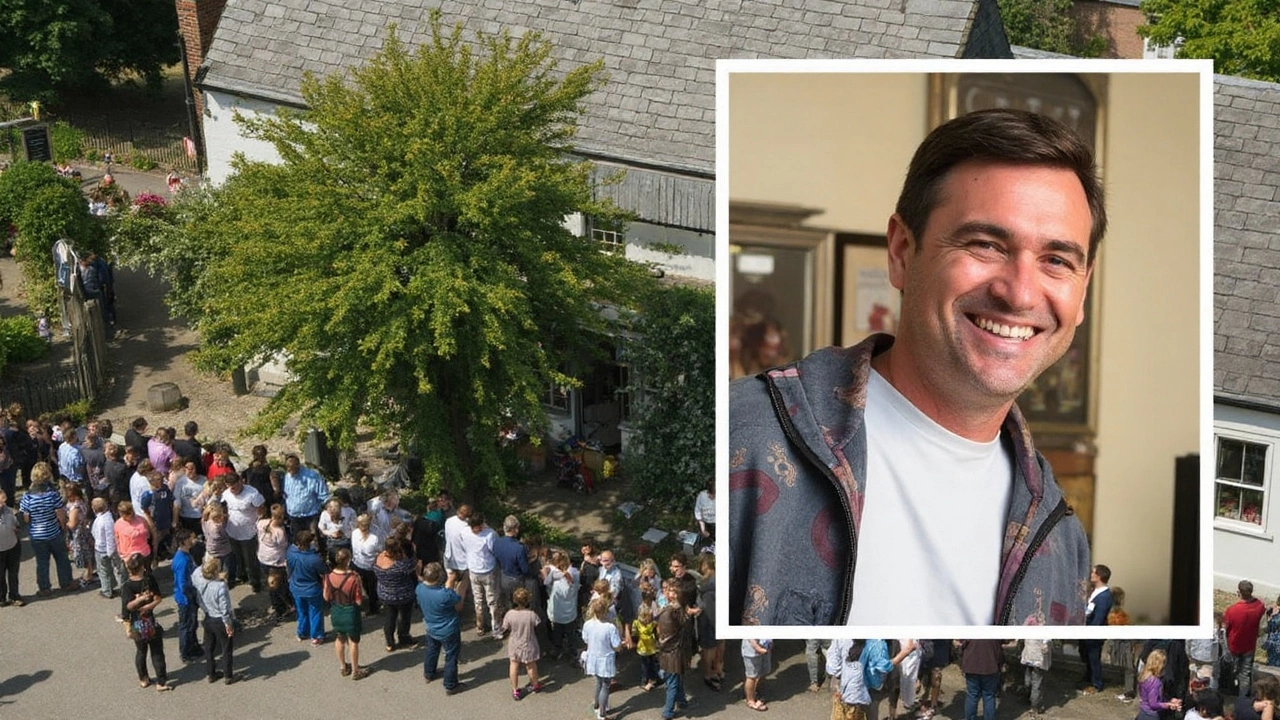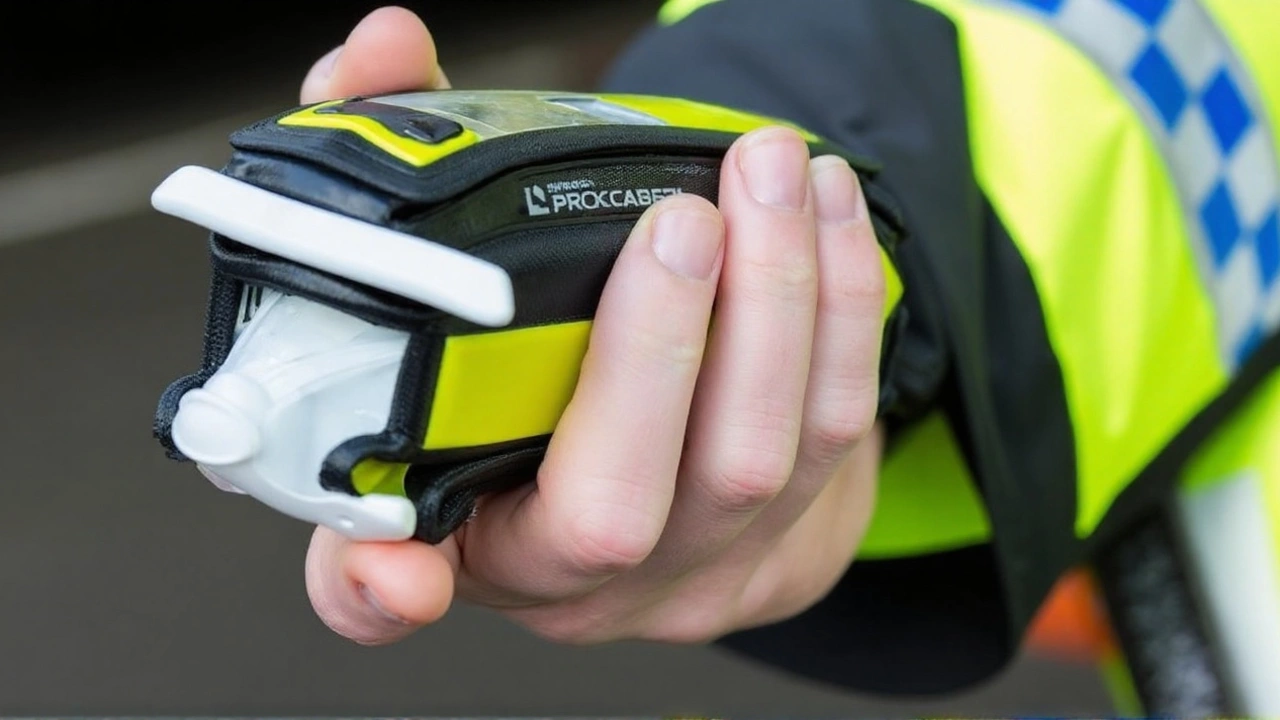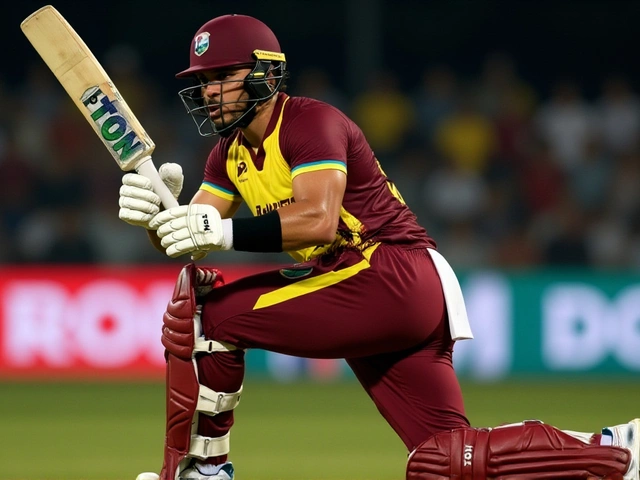A brief line, big questions
A short note on a local news homepage can carry a heavy story: a pub boss, a tree, and an alleged drink-driving crash in Sunderland. That’s all that’s public so far. No name, no date and time, no injuries confirmed, and no charge listed. Early mentions like this are common when an incident is flagged but the formal paperwork isn’t out yet.
What don’t we know? Quite a lot. We don’t know if anyone was hurt, whether police made an arrest at the scene, what the breath or blood reading was, or which court—if any—will hear the case. Without those basics, it’s not just hard to tell the full story; it’s wrong to guess. For now, the only firm point is the reported allegation and the location: a crash into a tree in Sunderland.
Still, the context matters. The UK has strict limits on alcohol behind the wheel: in England and Wales, 35 micrograms of alcohol per 100 millilitres of breath (80 mg per 100 ml blood, 107 mg per 100 ml urine). Police usually start with a roadside breath test. If that’s positive or refused, the driver is taken to a station for an evidential test. If the reading is above the limit, a charge for driving over the prescribed limit typically follows.
Why does a case like this draw attention? The alleged driver isn’t just anyone—he runs a pub. That puts a spotlight on personal conduct, public trust, and how the hospitality trade talks about responsibility. It does not, by itself, change the law. A drink-driving conviction is a criminal matter; most pub licences sit under the Licensing Act 2003. An off-duty motoring conviction does not automatically remove a premises licence or a personal licence. Employers and licensing bodies can still look at reputational issues, but formal action usually needs something more specific to licensing or public safety at the venue.
There’s a wider safety picture too. Department for Transport estimates show roughly 260 deaths in Great Britain in 2022 involved at least one driver over the limit, along with thousands of injuries. The pattern is familiar: night-time collisions, weekends, and the morning-after risk when people assume they’re safe to drive. Crashing into a tree fits a common single-vehicle pattern where speed, fatigue, or alcohol reduce reaction times and turn a mistake into a write-off—or worse.
When details are scarce, it helps to focus on the track record of how these cases usually move. That tells you what to watch for next and what the possible outcomes look like once facts are on the record.

How UK drink-drive cases usually unfold
Here’s the typical path from incident to outcome, based on standard police and court practice in England and Wales:
- At-scene response: Police secure the scene, check for injuries, and manage traffic. If alcohol is suspected, they carry out a roadside breath test.
- Arrest and station procedure: A positive roadside test usually leads to arrest. At the station, officers use an evidential breath machine. If medical conditions apply, blood or urine may be taken.
- Charge decision: If the reading is over the limit, police charge the driver. Refusing to provide a sample without a reasonable excuse is also a separate offence.
- First court appearance: Drink-drive cases go to the magistrates’ court. A guilty plea often leads to sentencing the same day; a not-guilty plea triggers a trial date.
- Sentencing range: The standard penalty for a first offence is a driving ban of at least 12 months, an unlimited fine, and up to six months in prison for the most serious cases. A second offence within 10 years carries a minimum three-year ban.
- Aggravating factors: A crash, very high alcohol readings, passengers (especially children), or poor driving raise the sentence. Injuries can lead to more serious charges like causing serious injury by careless or dangerous driving.
- Rehabilitation course: Courts can offer a drink-drive awareness course. Completing it can reduce the disqualification period by up to 25%.
What about the pub and licensing? A personal licence holder must keep their record clean, but not every conviction is “relevant” under licensing law. Drink-driving alone, committed off-duty, doesn’t usually trigger an automatic review of the premises licence. Employers, investors, or partners may still make their own decisions, and police or councils can review a licence if there’s evidence of crime and disorder linked to the premises.
For the individual, the collateral damage is often practical: losing a licence can upend childcare, work shifts, supplier visits, or late-night callouts. Insurance costs jump. In hospitality, where late finishes and early deliveries are normal, a 12–24 month ban can mean restructuring the job or stepping back entirely.
On the reporting side, expect a few standard milestones. Police sometimes issue an appeal for witnesses or a short statement with location, time, and vehicle details. Court lists then confirm the charge, the reading, and the hearing date. That’s the point when names and precise facts enter the public record. Until then, reputable outlets keep their language careful: alleged, reported, to be confirmed.
One more thing worth being clear about: the morning after. Many drink-drive cases begin hours after the last drink, not minutes. Alcohol clears at roughly one unit per hour, but that varies by body size, food, and health. A late close at a pub, a few drinks after shift, then a morning errand—this is exactly how people get caught, or crash. Planning taxis, lifts, or delivery routes with that in mind is boring, but it works.
This story will make more sense once police or the courts put facts on record: the exact reading, whether there were injuries, and the outcome at the magistrates’ court. Until that happens, the only safe takeaway is the one we already know. The law is strict, the penalties bite, and—judging by the national numbers—alcohol behind the wheel still ruins far too many lives. For now, the reported Sunderland drink driving case sits in that uncomfortable space between a headline and the hard details that give it shape.



